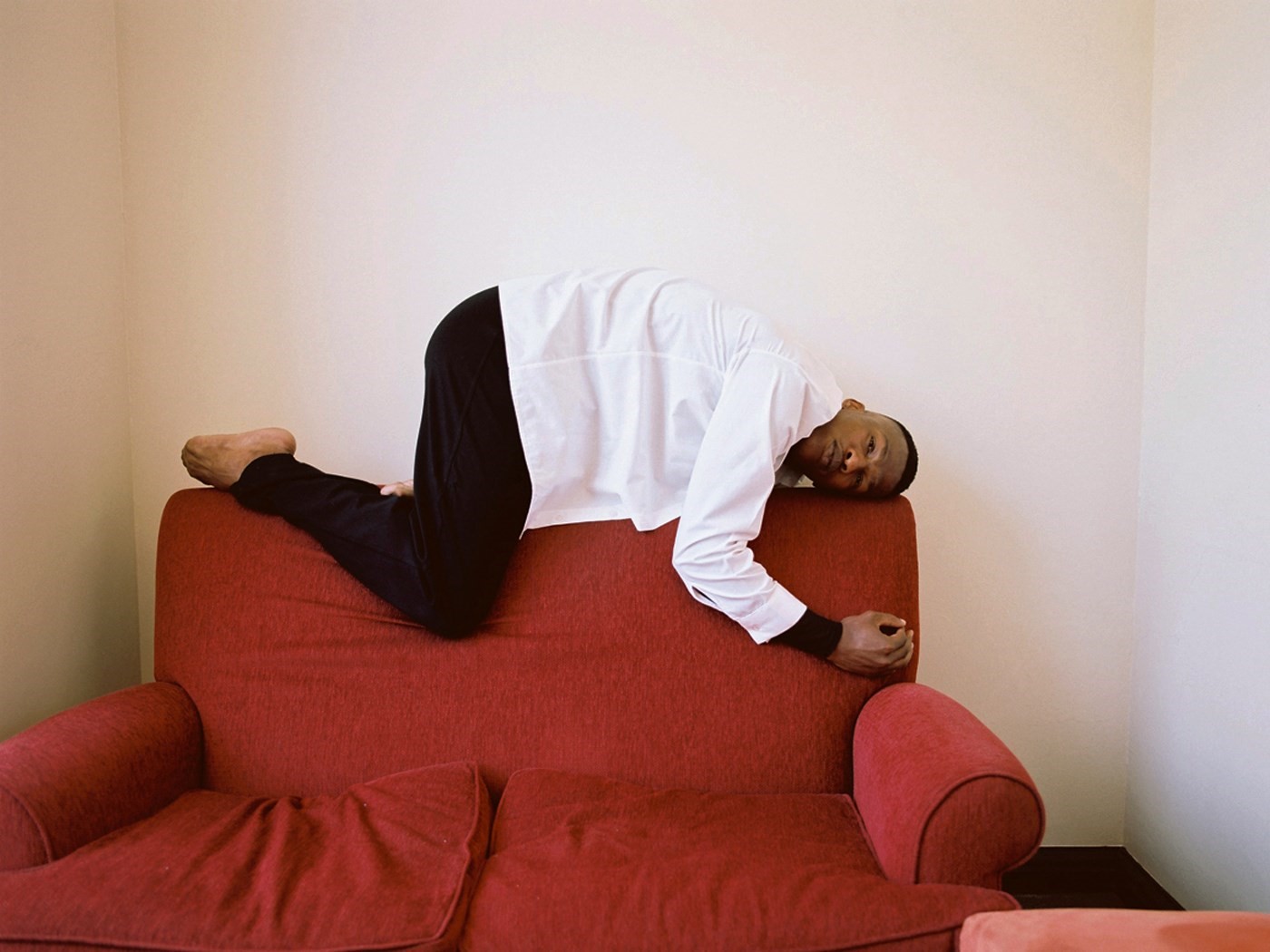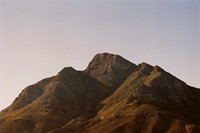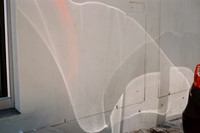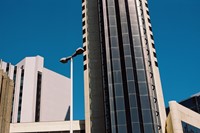“For me, dance is the ultimate art form,” says Osma Harvilahti, a Helsinki-born, now Paris-based photographer renowned for beguiling, sensitive imagery shot on film as if to seamlessly take a moment and preserve it in soft 2D forever. He continues: “Photography and dance – especially modern ballet – have always been my favourites forms of art. Dance seems to be where all the media meet – choreography, acrobatics, set design and so on. And with photography, it’s always on the move, and a way to translate the current state of a culture somewhere.”
These dual interests have recently married to glorious effect in a series of photographs shot in Cape Town, South Africa, where Harvilahti documented two local modern dance companies – iKapa Dance Theatre, which he says, alongside working with pro dancers, “is doing amazing work with the kids living in townships, bringing the children to a healthy habitat and regular practice through dance”; and Cape Dance Company, which is “working on a more professional level and with adult dancers”.
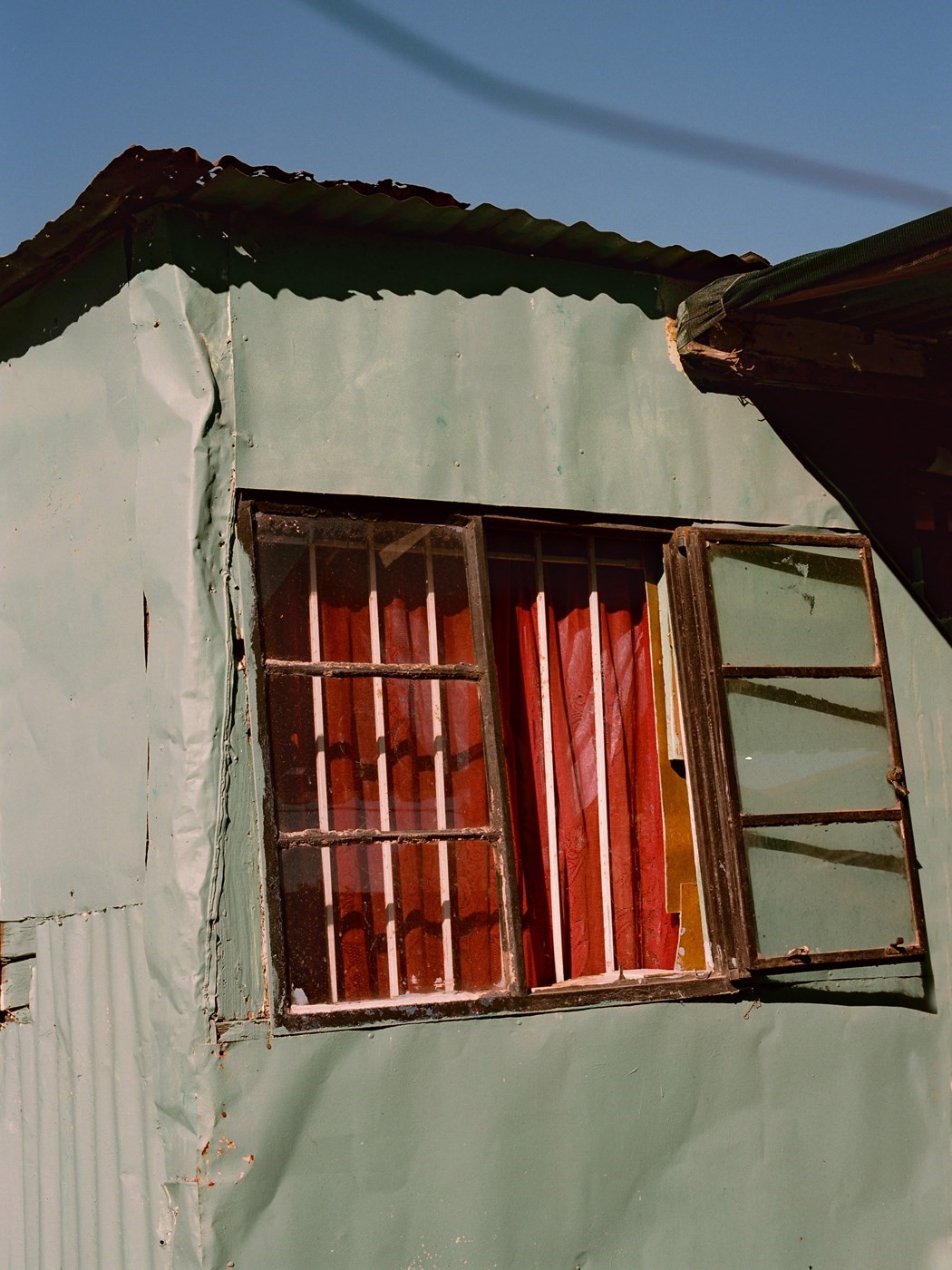

The project came about rather fortuitously: Harvilahti was asked to work on a fashion commission in South Africa, and jumped at the chance to add some extra “holiday” time to the trip. “Normally when I have a holiday I tend to shoot, so I suppose I don’t really have holidays – I’m still working with my camera, so it’s another form of work,” he says. Through a friend of his mother’s he discovered iKapa, and soon found himself working closely with the company’s co-founder Theo Ndindwa to document the school’s dancers and its place more broadly within the Gugulethu township. As such, his series features not only splits, bars, and leotards, but little details that give a sense of place: a bag caught on razor wire; stunning painterly mountains; a figure louchely leaning on a dirt-spattered car.
What unites all of the images in the series is a gloriously bold play on light: Harvilahti manages to stage the imagery like carefully choreographed theatre, as though his lens and the sunlight work together harmoniously to create something bold and immediate.
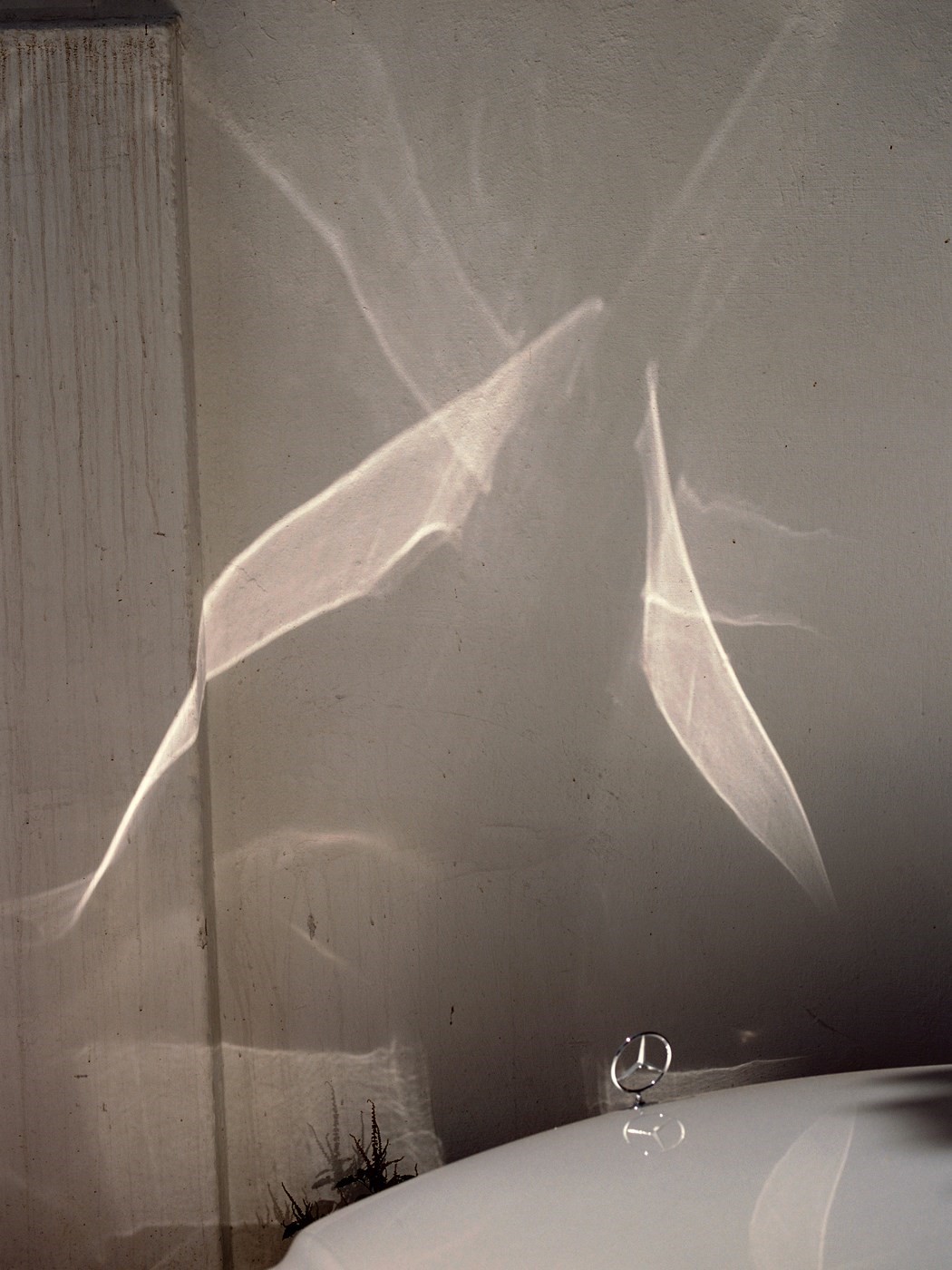
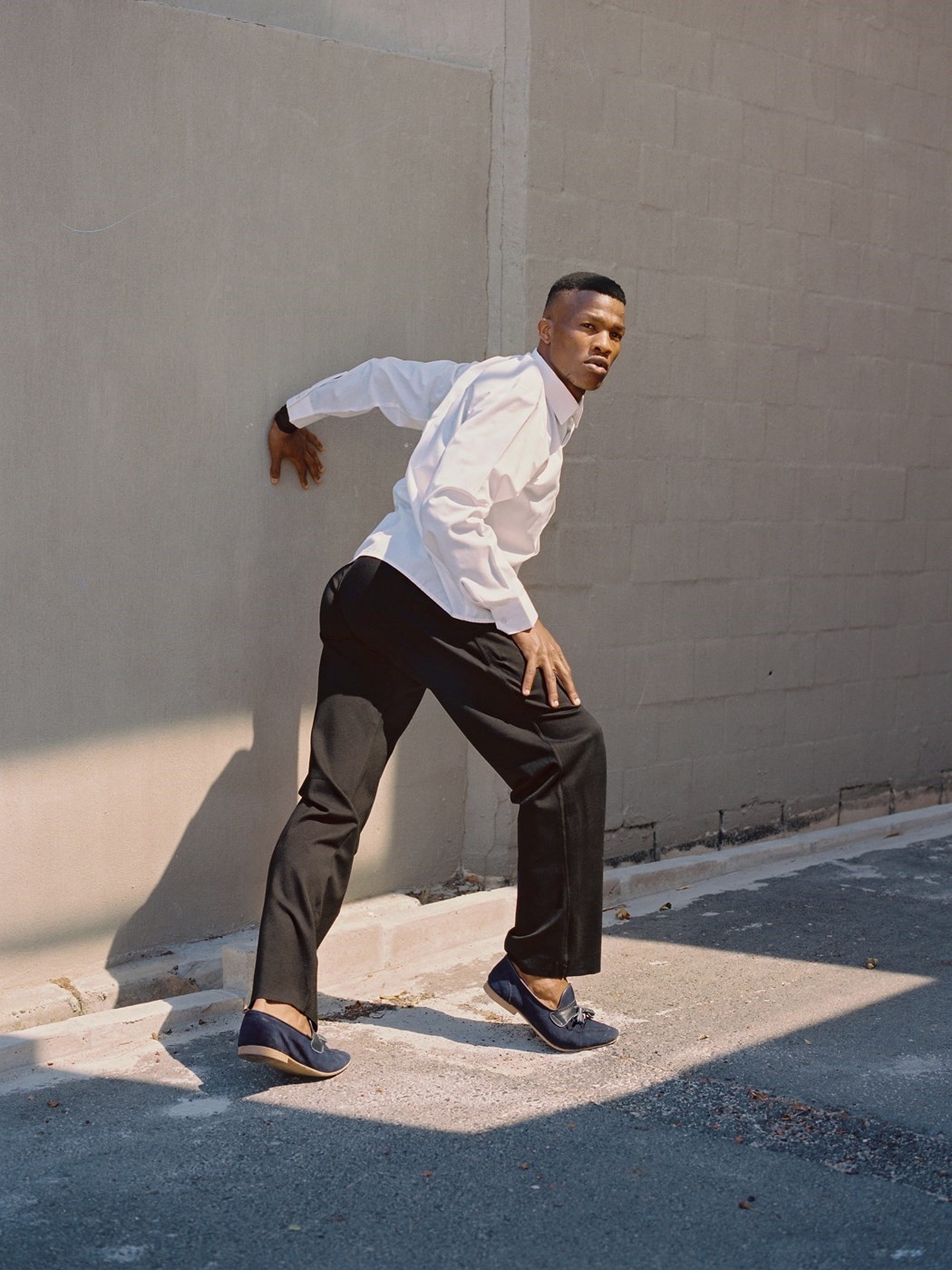
“Within photography I’m interested in the immediate observations of the people and their surroudings,” says Harvilahti, “so I wanted to see these two forms working side by side and document the surroundings, as well as their physical manifestation in the dance. It was particularly interesting to do that in South Africa where there’s such a rich tradition of dance.”
There’s a lovely interplay between the more polished imagery of the dancers of Cape Dance Company, whose movements and expressions seem wholly fit to be in front of a lens, and the carefree jouissance of the youngsters at iKapa, where Harvilahti formed a powerful bond with Ndindwa. “He’s doing amazing things in the community,” says the photographer. “We spent a lot of time together moving from house to house; he gave me an understanding of what the township was about, and everyone on the street knew him. He’s really helping kids from an early age to learn healthy discipline in an area that’s often seen to be quite challenging. He’s showing them that he has elevated himsself to the position where he is now through dance, and is sharing the power of his artform with the local community.”
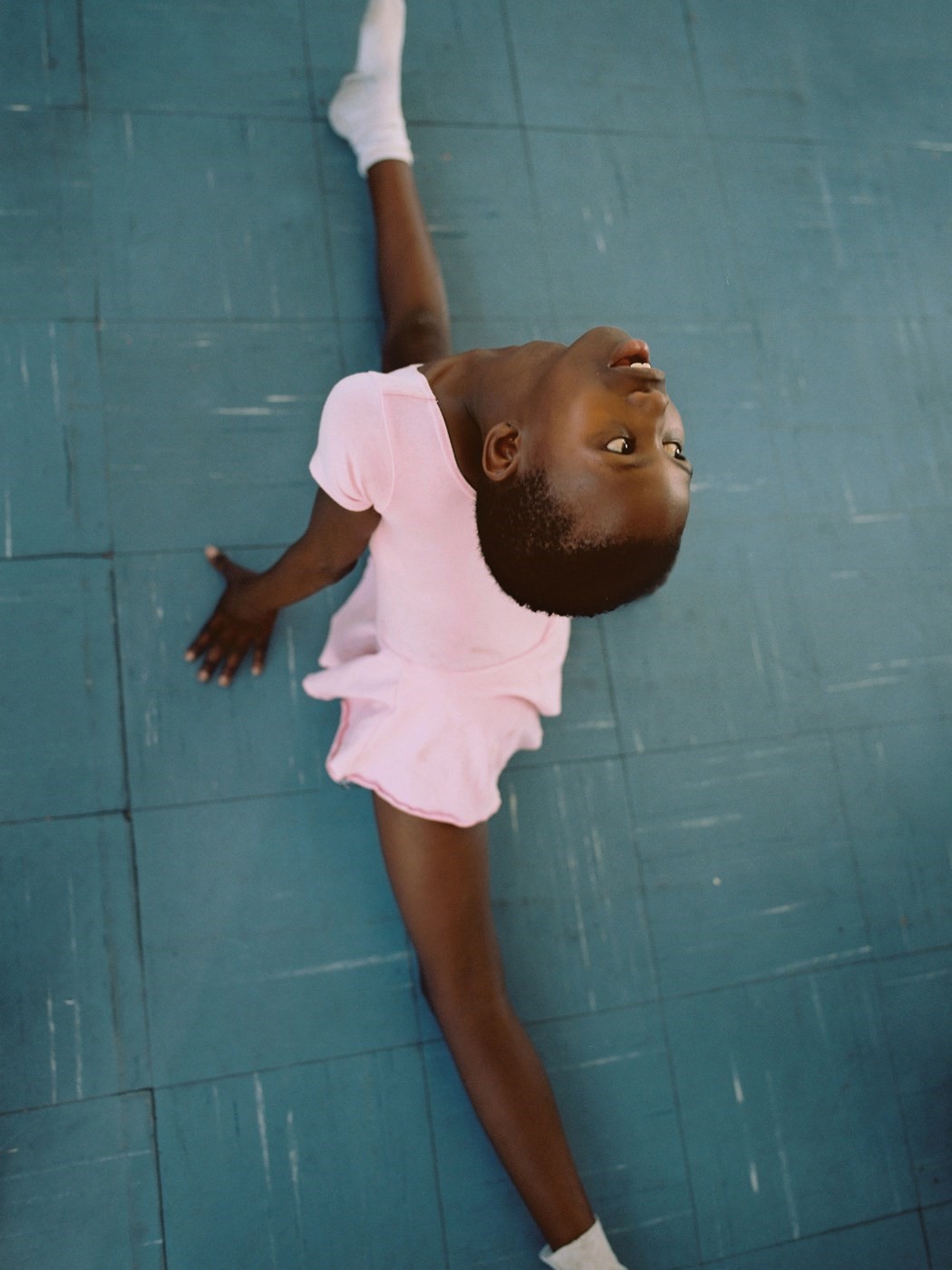
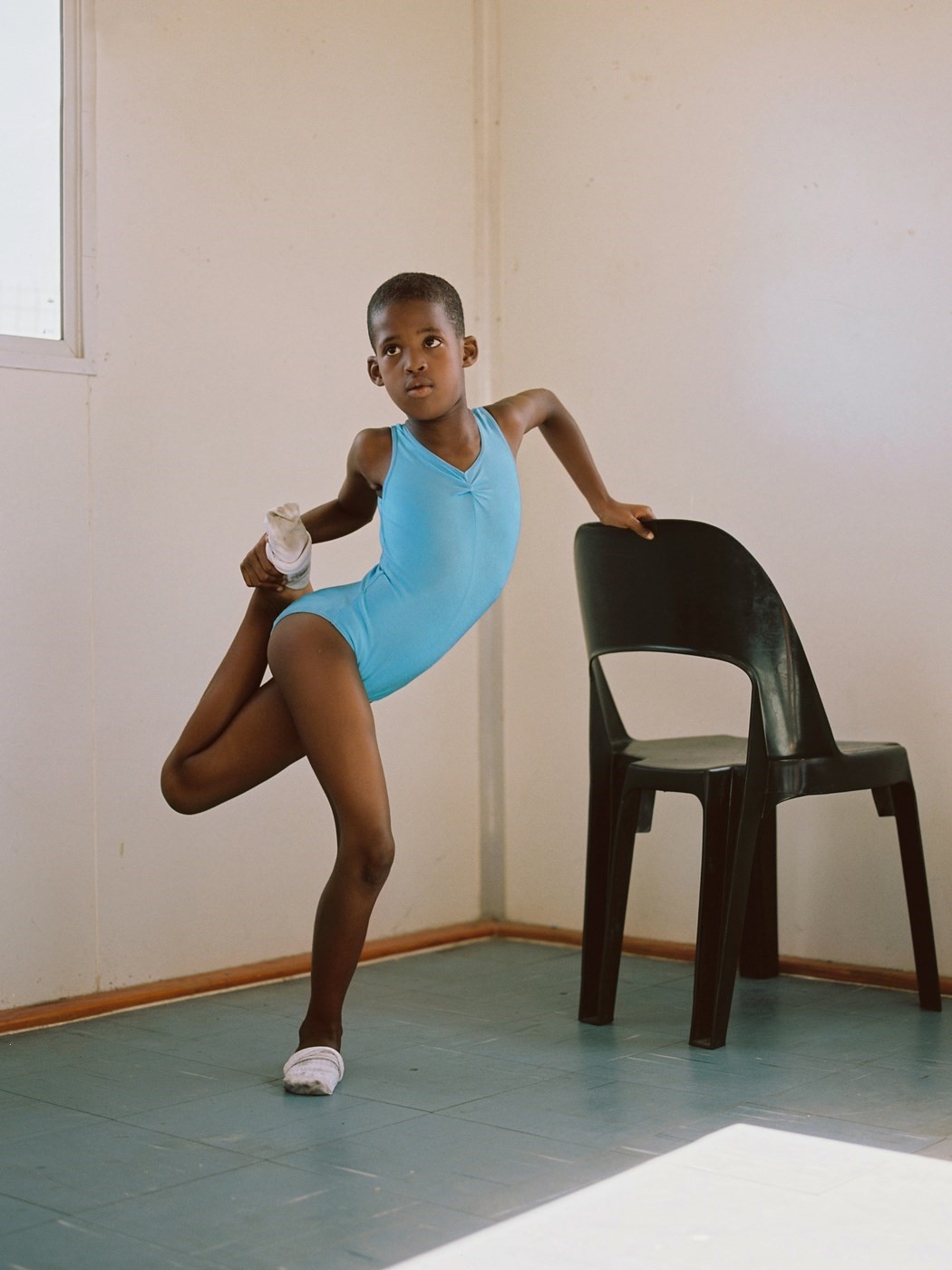
Harvilahti hopes that this series is the start of a larger exploration of modern dance culture in Cape Town, and he aims to revisit the area and shoot other dance schools, creating an innovative and inspiring portrait of the place unlike any we’ve seen before, through the movement, discipline, and joy inherent to dance. He’s also quietly forging new paths in what it means to actually photograph dance culture. “Dance is normally shot in a way that’s more technical, looking for the biggest possible expression or movement,” he says. “I’m more interested in the people and what they can show and give in a very short time, in everyday scenarios. Where I shot them is where they practise or drink coffee or have a break, or going outside the backyard of the dance school. So it’s something a bit different.”
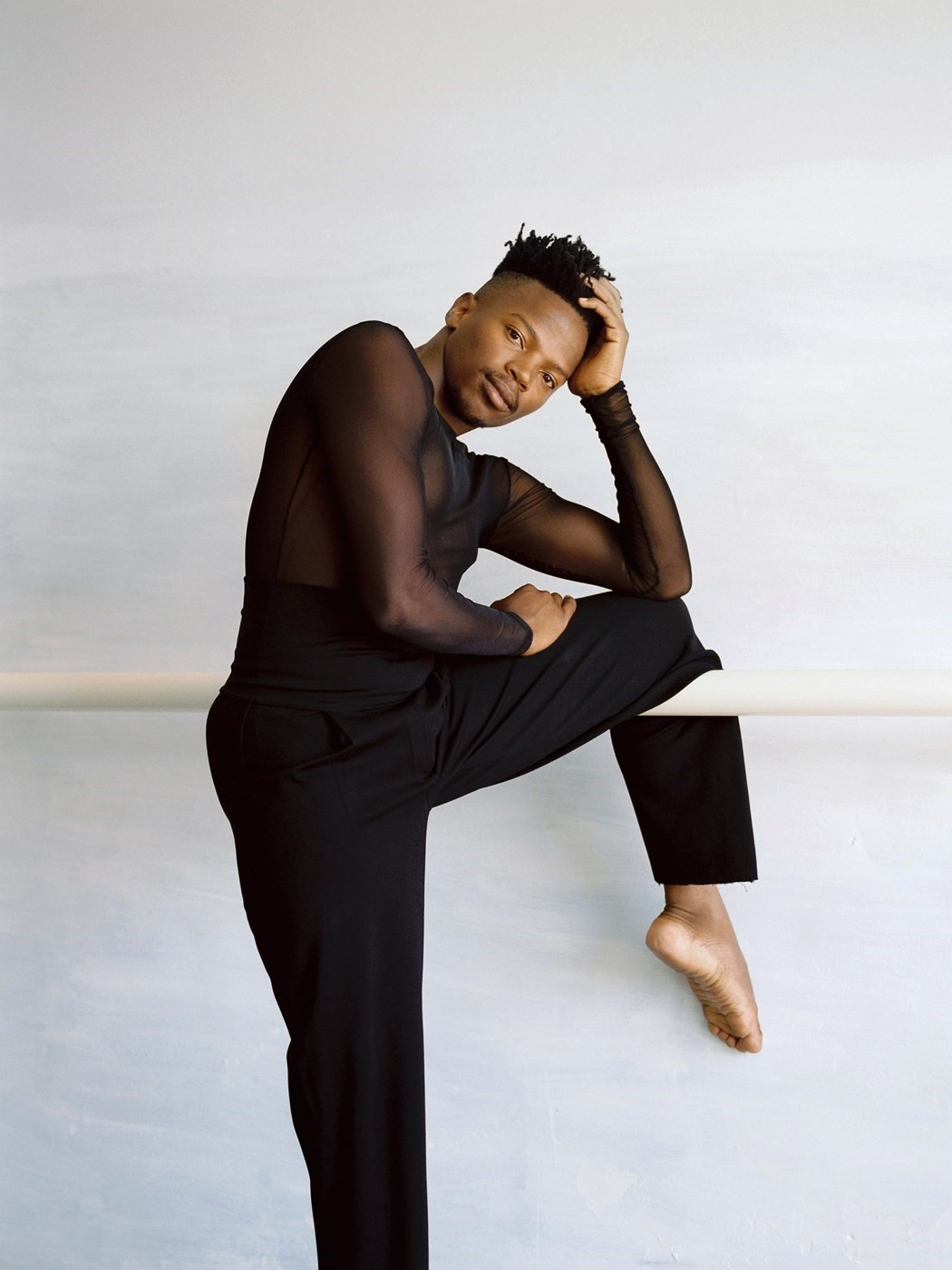
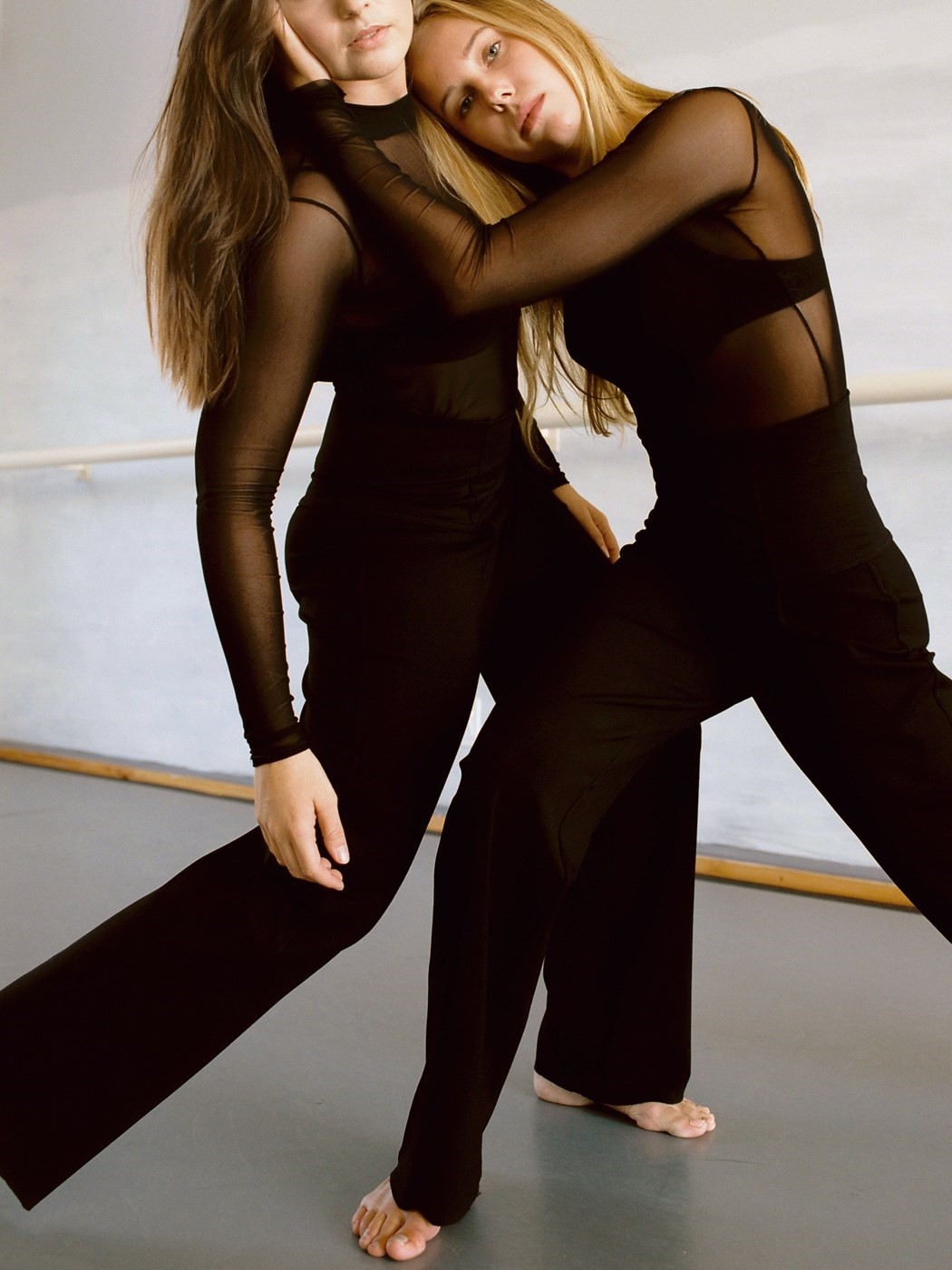
So how does he manage to get those thoughtful, characterful images that feel so natural, yet so refined? “I enjoy creating performances or scenarios and just letting people be,” Harvilahti explains. “I don’t really believe in strict control or dominance over people I’m working with, I just like to take time and let people forget about me. In the end it comes from the people themeselves, and their history and experiences and how they see themselves in that given situation. I like giving people freedom.”
